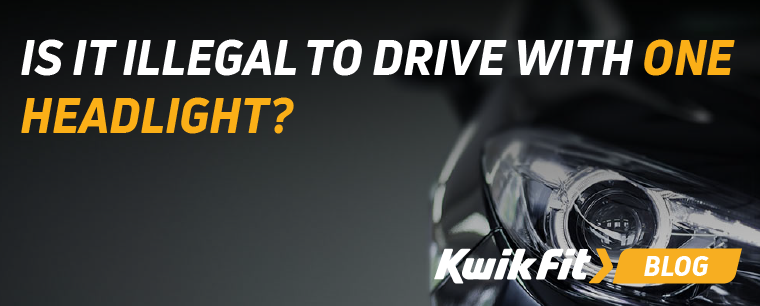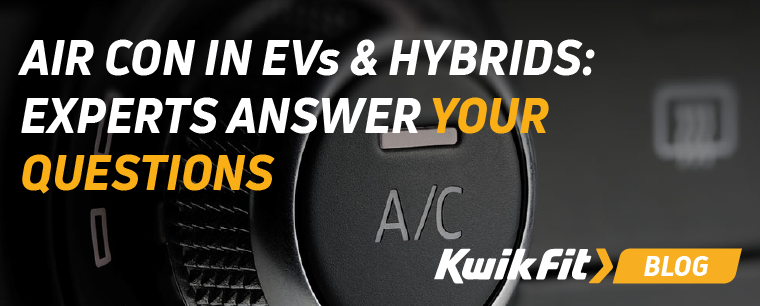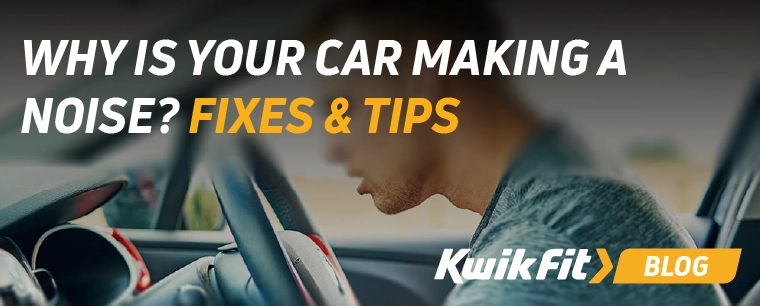6 tips for driving safely around cyclists
| Monday 17th September 2018 11:10am

In recent years, the number of cyclists on the roads has increased significantly. Not only is it a cheaper and healthier way to travel, but cities such as London are now offering bike hire schemes and cycle lanes that make travelling on two wheels easier than ever. While cycling is generally considered a safe activity, collisions and accidents with motorists do happen. To make the highways safer for everyone, here are seven tips for driving around cyclists.
1. Check your mirrors and blind spots
As a driver, you should regularly check your mirrors so you know whatís going on around you. A high number of collisions happen when a motorist hasnít seen the cyclist because they are hidden by other vehicles or are in a blind spot. Cyclists can also be difficult to see when pulling out of junctions, on roundabouts, or when weaving in and out of traffic.
2. Check before opening your door
After parking, most drivers wonít do a proper check
behind them before opening their car door, or will only look out for other
vehicles. However, this can be extremely dangerous. Cyclists are much harder to see than cars, and they
may be travelling past at speed when you want to get out. To avoid a collision, look in your wing mirror and
check your blind spot before opening your door. Itís also worth getting into
the habit of opening the driverís door with your left hand, as this can prompt
you to look over your shoulder.
3. Make your intentions clear
It might sound obvious, but using your indicators in
good time can make a huge difference when it comes to improving road safety.
Doing this should come as second nature when youíre in a car, but far too many
accidents occur when drivers have failed to give others warning as to what
theyíre about to do. Remember to give plenty of time when indicating to
turn right or left, when moving over or pulling out of a parking space. Not
only does this help to show other drivers what your intentions are, but it also
means cyclists can react accordingly and stay safe on the roads.
4. Give them enough space
When overtaking cyclists, you must give them enough space. The Highway Code states that you should leave as much room as you would if you were overtaking a car. It was recently updated to specify that you need to leave at least 1.5 metres when overtaking a cyclist up to 30mph. This is especially important if thereís a strong wind or the roads are wet, as the cyclist may veer over into the road or skid off course. If there isnít enough space to pass safely, or if the road ahead appears to narrow or bend, itís best to hold off.
Remember, the cyclist may be travelling faster than you think, and you could end up pushing them off the road. If there is an oncoming car, youíre approaching a hill or itís a blind turn, you should also avoid overtaking. Bear in mind that cyclists may be required to move suddenly if there is a hazard on the road. For example, they may need to avoid a pothole or an opening car door. If youíre unsure about their intentions, always wait rather than making an irrational decision.
5. Learn to recognise their signals
Cyclists often use arm signals to show their intentions, but sometimes they canít do this because they need to brake and steer. Certain movements, such as looking over their shoulder, may also indicate that they are turning, changing direction or pulling out. Look out for these signals when driving, and make sure you give them the time and space they need to manoeuvre.
To familiarise yourself with the way cyclists think, it might be worth swapping your vehicle for a bike for a few days. This way, youíll get first hand experience of riding on the roads and will understand the type of risks they face.
6. Follow the rules of the road
A sure fire way to improve road safety for both motorists and cyclists is by following the Highway Code. Always make sure you abide by road signs, including Ďstopí, Ďgive wayí and traffic light signals. Itís also worth bearing in mind that some stop lines allow cyclists to get to the front of the traffic so they can see better. As a driver, you must always avoid driving into these areas and give the cyclist plenty of time to set off when the light is on green. You should also never park or drive in marked cycle lanes. Not only is this a road offence that could see you getting fined, but it can also put cyclists in danger.
As of January 2022, the Highway Code has been updated to give cyclists, as well as pedestrians and horse riders, more priority on the roads. This means cars and larger vehicles will need to give more leeway to cyclists, particularly at junctions. Read our blog about the new highway code regulations.
Any facts, figures and prices shown in our blog articles are correct at time of publication.
Featured Articles
Is it Illegal to Drive With One Headlight?
Saturday 19th July 2025
Wondering if itís illegal to drive with one headlight? Learn about the safety risks and penalties of illegal blown bulbs and why you should fix them promptly.
Air Con in EVs & Hybrids: Experts Answer Your Questions
Monday 30th June 2025
Does air con drain EV batteries? Can you use the air con while charging an electric car? Find out the answers to these questions & more from Kwik Fitís experts.
Why Is Your Car Making a Noise? Fixes & Tips
Friday 13th June 2025
When your car starts making unexpected noises, it can certainly be quite disconcerting; it may be nothing to worry about, but hereís what you need to know.









